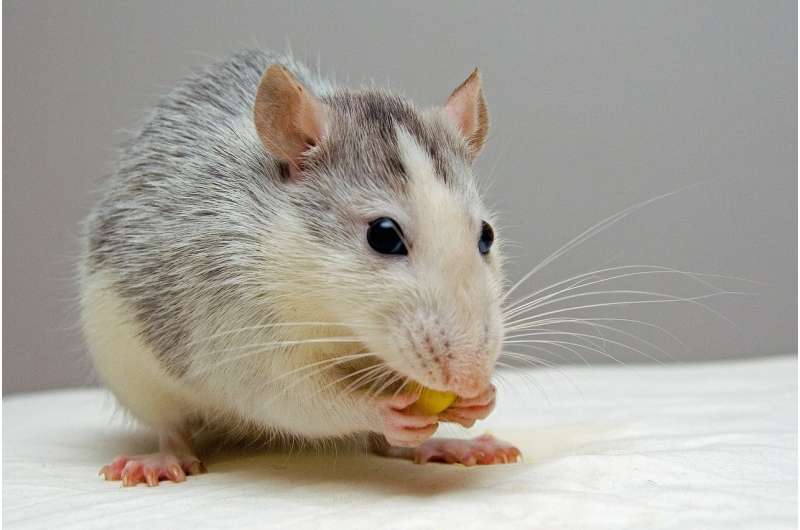
Prenatal exposure to endocrine-disrupting chemicals found in everyday products may interfere with the developing offspring’s brain, according to a rat study being presented Monday at ENDO 2022, the Endocrine Society’s annual meeting in Atlanta, Ga.
P.S. MohanKumar, Ph.D., professor at the University of Georgia in Athens, Ga., and colleagues, focused on the gestational effects of endocrine-disrupting chemicals bisphenol A (BPA) and di(2-ethylhexyl) phthalate (DEHP), and if they would change stress-related behaviors.
“This research is significant because prenatal exposure to these chemicals may contribute to mood disorders later in life,” said study co-author Amrita Kaimal, Ph.D., of the University of Georgia Neuroscience Graduate Program.
A total of 76 Sprague-Dawley rats were used for the study. After the rats were mated, pregnant female rats were administered oral saline, BPA, a combination of BPA and low-dose DEHP, or a combination of BPA and high-dose DEHP during days 6-21 of pregnancy. All of the doses were adjusted according to the body weight of the rat.
Behavioral tests were conducted in adult offspring, and brains from the rats were analyzed for monoamine neurotransmitters, like dopamine and serotonin.
Female offspring administered BPA and a combination of BPA and low-dose DEHP displayed less anxiety in the Open Field Test, which measures activity and exploratory behavior. However, male offspring administered high-dose DEHP showed feminized anxiety-like behavior in a maze. Fear responses among male offspring in most of the groups exposed to endocrine-disrupting chemicals were impaired in a test examining the response to a threatening object. Interestingly, low-dose endocrine disruptors led to passive coping strategies in male and female offspring.
Brain studies indicate male offspring in the BPA, low-dose and high-dose DEHP, and BPA and high-dose DEHP groups had diminished dopamine levels in the paraventricular hypothalamic nucleus. This is associated with their impaired fear response.
Source: Read Full Article
